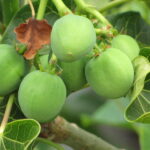Disaster preparedness and emergency response policy and administration
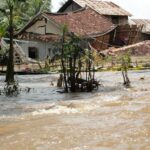
In the World Risk Index for 2020, Cambodia was ranked as the 16th most vulnerable country in the world out of 181 countries listed.1 Global climate changes and ongoing disasters such as storms, floods and droughts are big challenges partly because of a lack of ...
Poverty policy and regulation
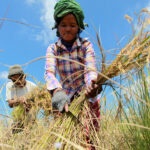
As a fast-developing nation, Cambodia has always found poverty one of its main challenges. The Rectangular Strategy states that eradicating poverty has long been one of the Royal Government of Cambodia’s (RGC’s) highest priorities.55 Since the country’s first major post-civil war election in 1993, Cambodia ...
Education policy and administration
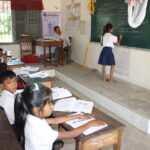
The Royal Government of Cambodia has continued its effort to reform the education sector at all levels. Over the years, policies and regulations have been enforced to improve education quality, accessibility, efficiency, effectiveness, inclusiveness, and transparency. Those policies and regulations include Education Strategic Plan 2019-2023, ...
Energy policy and administration

Electricite du Cambodge (EdC). Photo by bmeabroad, taken on 10 November 2011. Licensed under CC BY-NC-SA 2.0.Low electrification rates and over-dependence on fossil fuel imports have contributed to Cambodia ranking 120 out of 124 nations in the new World Economic Forum’s Global Energy Architecture Performance Index ...
Open Data Day 2021: Data in time of COVID-19

On 06 March 2021, Open Development Cambodia (ODC) and the ICT Community celebrated international Open Data Day by conducting a half-day event with the theme of “Data in Time of COVID-19.” The event was live on ODC’s official Facebook page for the online public.The event ...
Civil and commercial litigation
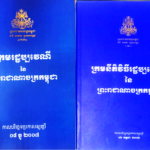
Since 1993, the Royal Government of Cambodia (RGC) has been working to reform the country’s legal framework, and in particular the application of justice, to provide a clear and fixed procedural system to ensure respect for individual rights and equality before the courts.257 In theory, ...
Environment and natural resources
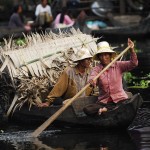
Around three quarters of Cambodia’s population depend on agriculture, forest products and fisheries for their livelihoods, so the management of the environment and natural resources is of great importance. Deforestation has occurred on a large scale. Cambodia lost six percent of its remaining primary forest ...
SDG 13 Climate action
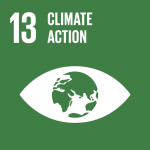
SDG 13 is aimed at taking urgent action to combat climate change impacts by developing the capacity of each country to mitigate climate risks and work towards adaptation. Least developed nations, landlocked countries and small island states are recognised as especially in need of support ...
Labor arbitration
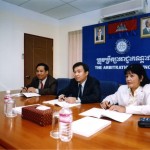
Arbitration Council in session, Cambodia. Photo by ILO (Asia and the Pacific), took on 8 June 2012. Licensed under Attribution-NonCommercial-NoDerivs 2.0 GenericThe Arbitration Council was established by the 1997 Labor Law. However, the Arbitration Council just opened its doors to serve employers, employees, workers and ...
Securities exchange (stock market)
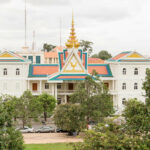
Starting from 2001, work began on promoting the formation of a Cambodian Stock Exchange (CSE or CSX) as a means of supporting the economic system in Cambodia’s development. A stock exchange facilitates the buying and selling of stocks among investors. Dr. Bit Seanglim, Chairman of ...
Disasters and emergency response
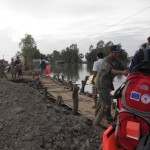
Cambodia flood, 2011. Photo by European Commission, taken on 11 October 2011. Licensed under CC BY 2.0Storms, flooding and lightning strikes are the major causes of death and property damage from natural disasters in Cambodia, while drought causes severe hardship, especially for farmers. In a ...
Forest protection support
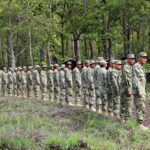
Cambodia is struggling to safeguard its forests while preserving economic growth since many people make a living via farming, logging, and other activities that might lead to deforestation. Almost 80% of Cambodians living in rural regions rely on forests for survival. On the other hand, ...
Infrastructure
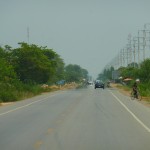
A national road in Cambodia. Photo by Pat Scullion, taken on 2 April 2010 under CC BY-NC-ND 2.0Infrastructure describes the built assets that allow a country to function, such as roads, railways, ports, airports, communication systems, electricity and drinking water distribution networks. The Ministry of ...
Social land concessions
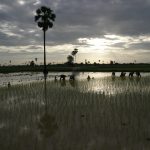
Social land concessions (SLCs) are intended to provide to the landless or land-poor land on which to establish residences and/or generate income through agriculture. The Cambodian Government that more than 30,000 households have received land as social land concessions. Despite its pro-poor intention, the SLC ...
Investment policy and regulations
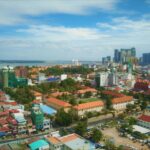
Cambodia’s economy has experienced an impressive performance, reflected in its rapid economic growth and significant poverty reduction. Part of this is the result of the relative openness of Cambodia towards foreign investors. Domestic investment has also been growing, although at a lower rate than other ...
Biodiversity
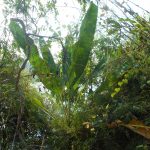
Biodiversity or Biological Resources: Various organisms in the same or different species and living organisms of all levels and sources, including land, marine and freshwater ecosystems, and the ecological relationships in which these ecosystems exist.763 Biodiversity is essential for most of the resources used by ...
Cambodia’s agriculture sector amid COVID-19
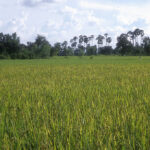
Agriculture has been considered as the backbone of the national economy. Of the total population, 76% were living in rural areas and agriculture provided 31.2% of total employment and contributed 20.7% to Gross Domestic Product (GDP) in 2019.804 However, the global pandemic caused by COVID-19 ...
Economy and commerce
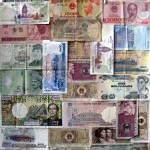
Counting money. Photo by Aaron Gilson, taken on 5 April 2013. Licensed under CC BY-NC-ND 2.0.Cambodia re-opened for international trade in the 1980s, opened up to foreign investment in 1994, joined ASEAN in 1999, and became a member of the WTO in 2004. Its bilateral ...
Primary school
Cambodia’s education system is structured into a 6+3+3 formula -students spend their first 6 years in primary school (grades 1–6), followed by 3 years in secondary school (grades 7–9) and 3 years in high school (grades 10–12) before sitting the diploma examination.937 Cambodian students are ...


